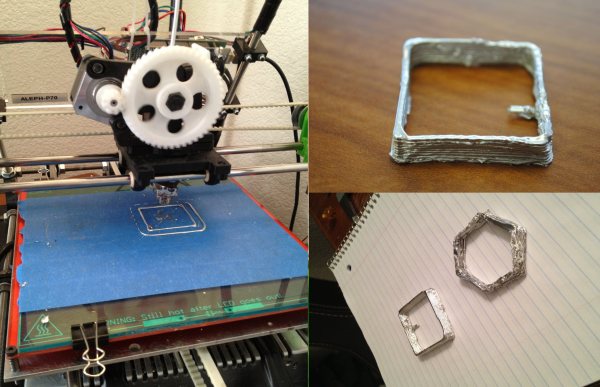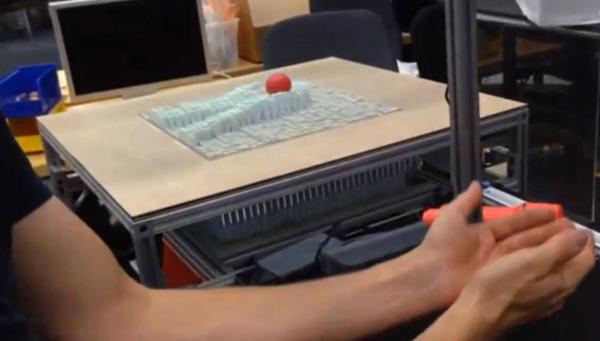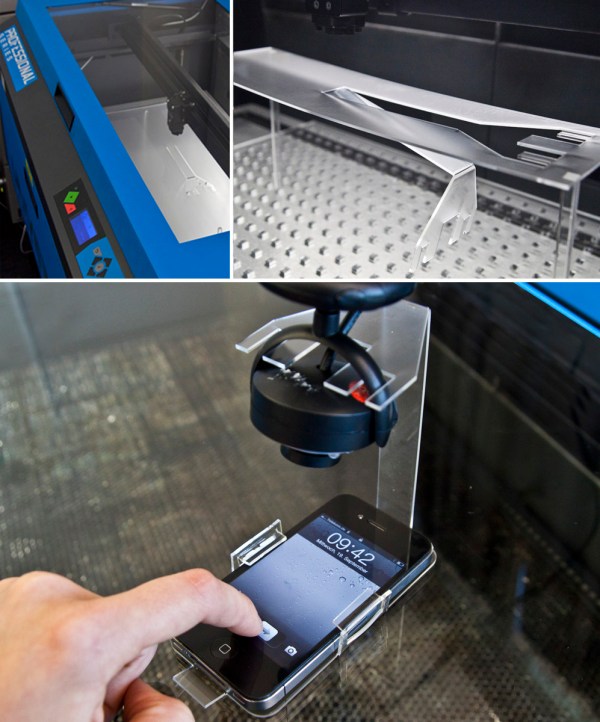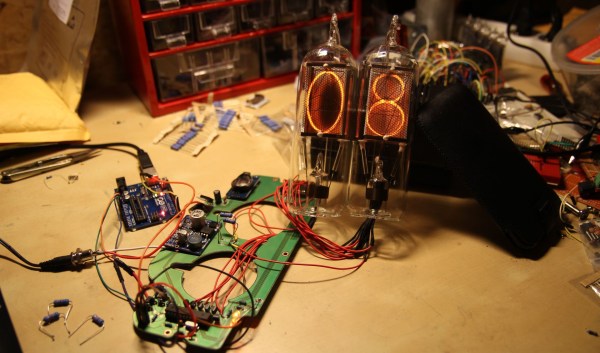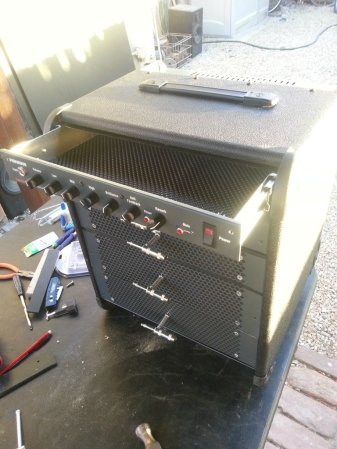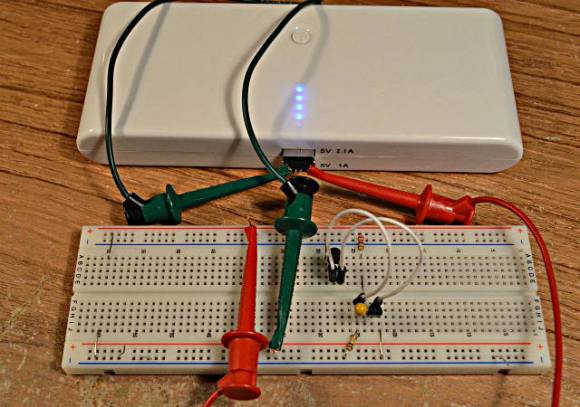
[Paul] recently purchased an inexpensive USB power pack, hoping to use it for powering small electronics projects. Unfortunately it has been designed to only stay on when a device is drawing a lot of power (like charging a cell phone), so he set out to fix it.
He started by experimenting to see just how much current is required to keep the battery pack on, and for how long. Testing a few resistors he discovered that a 22 ohm one will keep the power supply on indefinitely. If there’s no load, it only remains powered on for about 13 seconds. Now you can’t just hook up the 22 ohm resistor to a 5V power supply for the sake of keeping it on — that would draw 1.1watts and get very hot!
His next step was to determine how long the load needs to be on for, and at what interval in order to keep the power supply active. He created a test circuit using a Teensy microcontroller and determined that a 20ms pulse every 1.4 seconds was enough to keep it on — any less and it would switch off after a few minutes. The final transistor based circuit draws about 222mA — but at a 1.6% duty cycle, resulting in only a 3.5mA draw! [Paul] suspects the switching power supply inside battery pack probably draws more than that! He can’t take all the credit though, he learned of the idea from a forum post — but he certainly has made a very nice write up for people to follow in his footsteps!
Now that’s a good old fashioned product hack!

